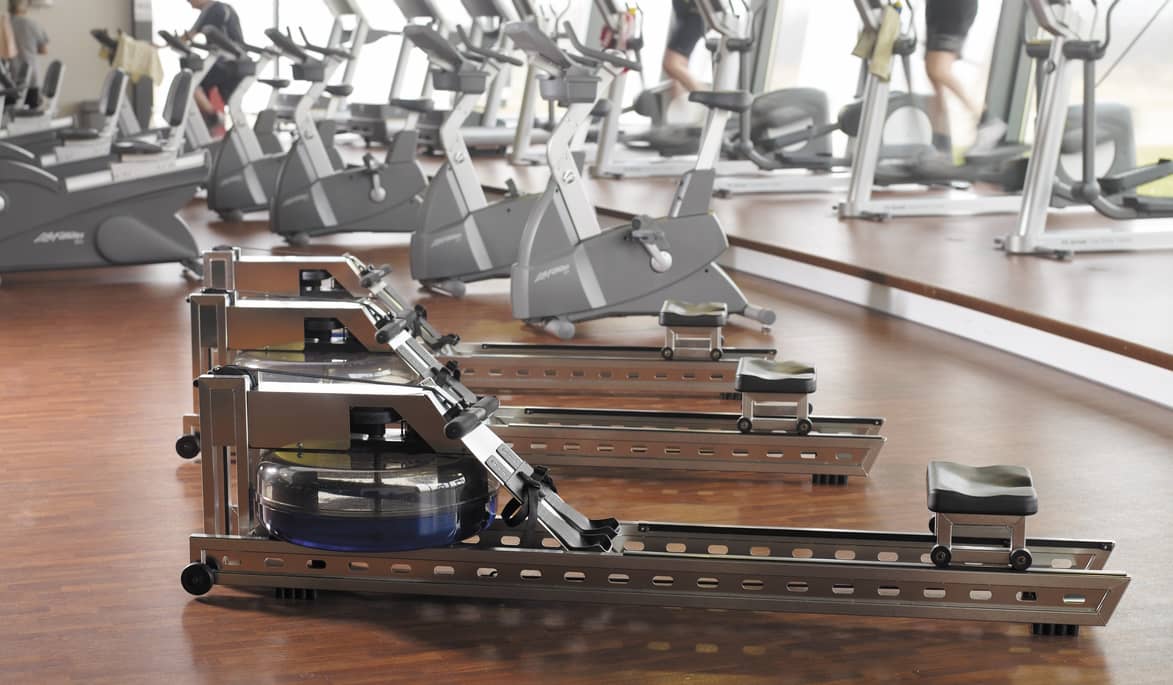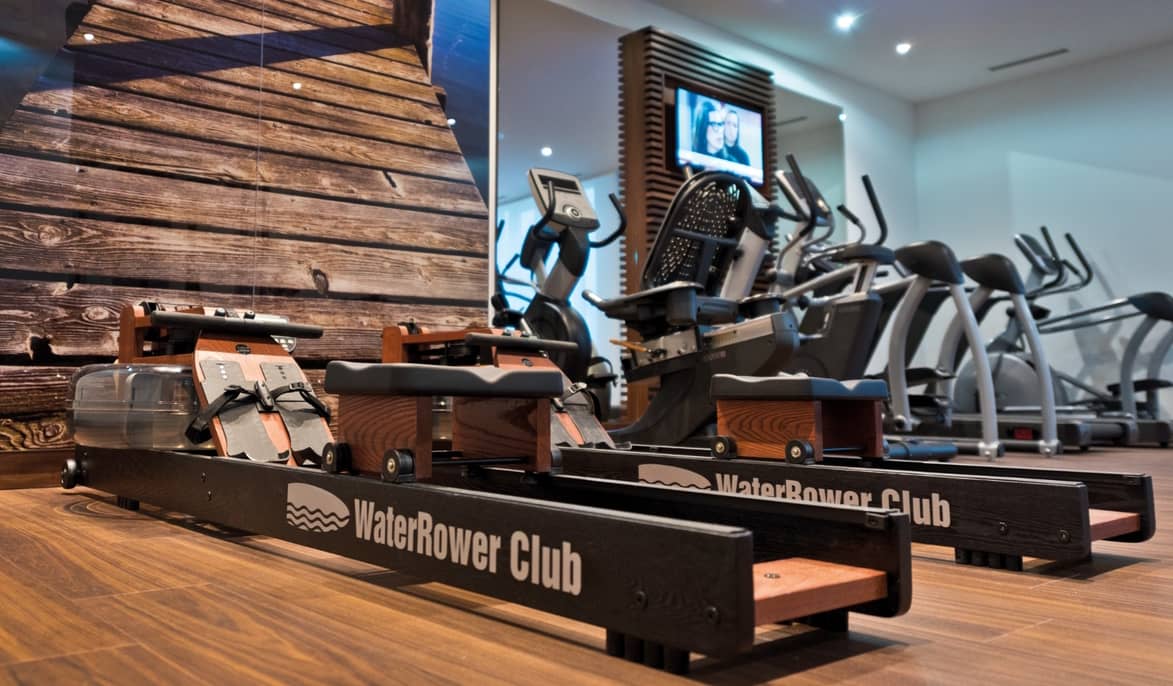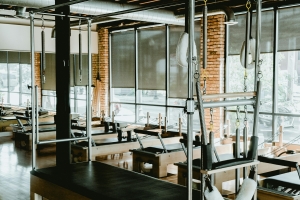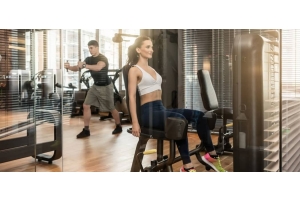What Muscles Does A Rowing Machine Work?

The rowing machine is well-known for being one of the best options for working out as many muscles in your body simultaneously! From enhancing the cardiorespiratory system to improving muscle and joint mobility, individuals use rowing machines all around the world to improve their fitness. There are 4 stages when using a rowing machine: the catch, the drive, the finish and recovery.
The Catch
The catch is the initial stage of the stroke where your knees are bent, your arms are straight, and your body is angled forward. During this there are numerous muscles activated, in your legs the muscles engaged are your hamstrings, glutes and calves. This is due to your shins being static at an upright angle.
In terms of the upper body during the catch, the triceps are one of the primary muscles used at this stage of the row, as you have extended the body forward to reach for the handle, preparing to take it back. The deltoids, which are the muscles just above your triceps that connect your shoulder blade to your humerus, are also engaged during this stage, supporting your tricep muscles.

The Drive
The drive is the point where you push off your legs, bringing you back through the vertical position and then pulling the handle with your arms. This is the highest point of momentum for the exercise, where the focus on your form is pivotal to avoid injury, and to maximise the effort you are exerting. Your glutes, hamstrings, quads and calves all work together to enable you to have the force to push back, extend your hips, and support your posture as you position yourself at a 45-degree angle.
During this time, in the abdomen, your obliques are stabilising your body to ensure you remain balanced throughout the movement, whilst your abdominal muscles are assisting with the momentum for the forward and backwards motion. In your arms, your biceps and forearms contract to pull back the handle, whilst being supported by the lower and middle back. The repetition of this rhythmic activity has a direct effect on reducing stress.
The Finish
This is where your upper body is leaned slightly back, legs are extended, and the handle is pulled to your lower chest. In the lower body, the glutes and quads are engaged as the legs are stretched out in front. What's going on in the upper body is, the biceps are contracting through this phase to balance and support the back muscles.
Due to over 85% of muscles being used when using a rowing machine, this results in reduced stiffness and increased flexibility, whilst also providing cardio and strength training at the same time!
 Recovery
Recovery
The final stage of the rowing stroke is recovery. This is the first three steps but in reverse, so you are returned to the catch position ready to go again. The triceps are engaged when reaching back towards the flywheel. At the same time, during the low-impact exercise, the hamstrings, glutes and calves are also engaged in the recovery step as they return to the initial catch position.
Working such a wide variety of different muscles, using a rowing machine can be a fantastic way to burn some fat and reduce stress. Shop our wide range of rowing machines to discover the perfect home gym option for you.





